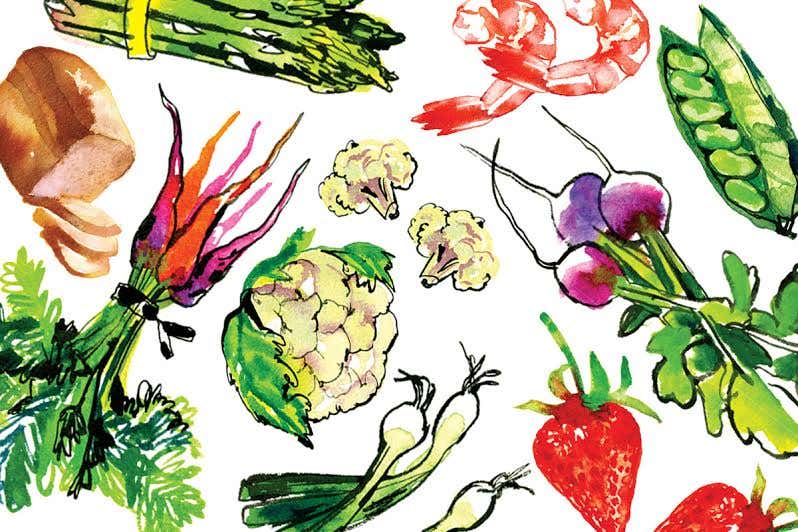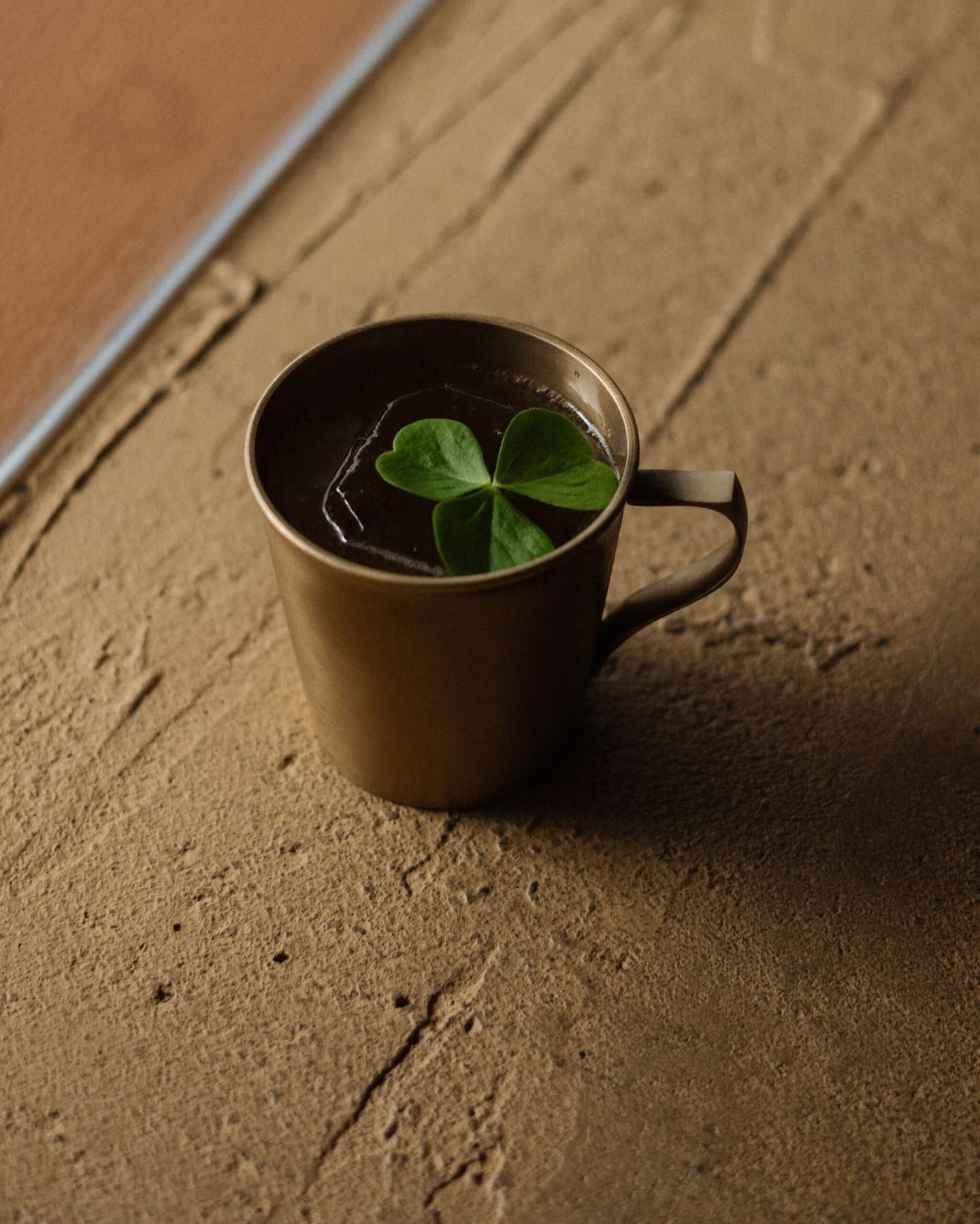
A Rugged Blackstrap Masterpiece
There can't be very many great winemakers who live in such modest surroundings as Auguste Clape does. His house is a nondescript stone structure, with old gray shutters that are almost always closed, standing alongside the busy N 86, the main road through the village of Cornas—a community of some 2,100 souls situated about 65 miles south of Lyon, in the northern portion of France's Rhone Valley. It's in the cellars dug beneath this unimposing dwelling, however, that Clape's true wealth is generated and carefully stored. Here, in the cool, dark depths, he and his son, Pierre-Marie, handcraft their wines: a st-peray white (the St-Peray appellation abuts that of Cornas), a simple cotes-du-rhone in both red and white, an occasional special bottling of red cotes-du-rhone, a pleasant little red called Le Vin des Amis—and an inky, rugged, blackstrap masterpiece, which is simply cornas. This last is sometimes monstrously tannic in its youth, almost to the point of undrinkability; but over time it can develop into some of the best red wine in the world.
The Clapes believe in keeping their winemaking as simple as possible: To produce their cornas, for instance, they ferment whole bunches of ripe syrah grapes, with the stems, in cement tanks for at least nine days and sometimes for as long as 13. When fermentation is complete, they let the free-run juice drain off into large oak vats. The rest is then pressed in a horizontal press, and the first pressing is added to the free-run must. After the wine undergoes its second, malolactic fermentation (a long process, often dragging on into late spring), it is drawn off from the lees and then aged in an assortment of secondhand wooden tanks and barrels—everything from some 200-liter Burgundian wine casks to a few 11-hectoliter beer barrels. (Clape is very much opposed to the use of new oak for cornas, believing that the wine has enough natural tannic structure of its own.) Up until this point, the wine is kept in separate lots, according to vineyard. Next comes the process of tasting and blending—at which juncture lesser lots may be reclassified to the Cotes-du-Rhone appellation. A portion of the wine is bottled in May, the rest at the end of July and in September and October.
The results are extraordinary in their intensity of flavor, complexity, and richness—all the more so because, historically, Cornas was always considered a lesser appellation than the revered Hermitage and Cote-Rotie to the north. Yet, along with Gerard Chave of Hermitage and Marcel Guigal of Cote-Rotie, Auguste Clape—the King of Cornas, as he is widely known—has become one of the winemakers most responsible for establishing the modern-day reputation of the wines of the northern Rhone.
The son of an accountant, Auguste Clape was born in Valence in 1925 and came to live in Cornas at the age of 24, when he married a local girl, Henriette Rousset, who grew up in the house where the couple live today and where her family made wine. Clape went to work in the family vineyards and eventually, with his wife, inherited them. Today, Domaine Clape comprises six and a half hectares (about sixteen acres) of vines, four and a half of those in the Cornas appellation and the rest divided between Cotes-du-Rhone and St-Peray.
In the early days, Clape remembers, he grew apricots as well as grapes on the property to supplement his income—and there is, even now, a certain relish in his voice when he talks about having finally been able to rip out three hectares of apricot trees in one year in order to plant more grapes. For some years, Clape sold all the wine he produced to local negotiants, in bulk. In the 1950s, there were no fewer than five negotiants in the tiny town of St-Peray. The Clapes sold much of their wine to the St-Peray house of Verilhac, bottling only a small quantity themselves for family use.
The Verilhac cellars were virtually around the corner from Clape, and the firm's proprietor, Eugene Verilhac, was an ardent lover of the rich and powerful Clape cornas. He often dropped in to have a little taste of the new wine—sometimes, Clape recalls, three times a day! (In the early 1970s, when I was living in Aix-en-Provence, it was still possible to find wonderful bottles of Verilhac cornas from the 1950s for a pittance, and I enjoyed many of them. I now realize that I was probably drinking my first great bottles of Auguste Clape's wine.) Clape began bottling a little of his wine commercially in 1955 and gradually realized that it was gratifyingly easy to sell. By 1968, he had stopped offering any wine to negotiants. Today, the Clapes sell all their wine the instant it's released.
The influential Berkeley wine merchant Kermit Lynch introduced American wine lovers to Clape's cornas in 1976—having been introduced to Clape by Gerard Chave. Clape once told me that he liked selling to Lynch because the importer always took his wine, even in the lesser years. When I mentioned this to Lynch, he chuckled and said ''He's such a loyal and honest man that he's never offered me a bad wine—which is more than you can say about a lot of winemakers.''
A walk through his steep vineyards with Auguste Clape is not only tiring—at the age of 72, he still moves apace—but also educational. The vineyards of the Cornas appellation now cover some 92 hectares (about two hundred and twenty-five acres), up from about fifty in 1970—and there can be significant differences from one plot to the next. In a matter of yards, Clape notes, what starts off as a sunny, south-facing slope turns into a northern exposure where the sun can disappear by three o'clock; this means that the grapes take longer to ripen—dangerous in a year when early winter intrudes on the harvest. Clape also points out how many vines are planted literally between houses. Twenty years ago, he says, vineyard land was valued at ten francs per square meter here, but land for building went for 50 to 100 francs per square meter. A lot of what ought to have been the former, then, got sold as the latter.
Standing out on La Cote—the name given to one of the steepest and best-exposed slopes—on a hot, clear summer day, with a faint cooling breeze drifting over both the granite buttress that protects Cornas from the devilish mistral wind and the vines marching down the hillside in tight formation like Roman legionaries, it is easy to understand why the better producers of Cornas (others include Thierry Allemand, Jean Lionnet, and Noel and Joel Durand) fought so hard against the expansion of housing into the vineyards. In the early 1980s, they won their battle, and today no houses may be built above the communal path that runs along the foot of the hillside.
Pierre-Marie Clape, now 47, clambered over these hills as a child, helping with the harvest. When he grew up, he went off for a time and taught industrial design. In the late '80s, he began working for his father again part-time, before committing himself completely to the family business. Now, in effect, he runs the winery. When Henriette Clape suggested recently that she and her husband were ''en semi-retraite [semiretired]'', though, Auguste responded with a wry smile—suggesting that the King of Cornas isn't quite ready to pass on his crown just yet.
Keep Reading
Continue to Next Story










